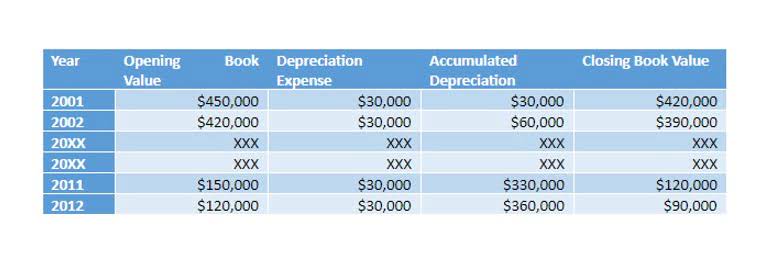What Is Business Process Analysis? Benefits, Tools, And Steps

But RPA doesn’t inherently have intelligence or decision-making capability, she added, unless it is combined with artificial intelligence and machine learning. Business process analyses peek behind the scenes of your business operations. https://x.com/BooksTimeInc This information is a goldmine of possibilities—use the results of your BPA to boost productivity and improve workflows.

How to Hire the Best Cyber Security Incident Response Team
- However, BPA facilitates real-time insights into bridging communication voids.
- Not every business process is fit for automation – some require the complexity of human decision-making or a personal touch.
- Each time you issue a purchase order, greenlight a travel request or address a customer query, you likely follow a consistent sequence of actions.
- Due to its narrower focus, RPA can often be implemented more quickly than broader BPA initiatives.
- Gartner describes BPA as automating the processes that “run the business” versus the tasks that “count the business.”
Also, AI and machine learning systems can analyze data and look for new approaches that optimize existing workflows. Recently, Gartner has begun to use the term enterprise business process analysis to characterize these more automated approaches for automatically mapping and analyzing processes. BPA and RPA can be viewed as tools or methodologies within the BPM framework. BPM projects may use insights gained from diagramming and modeling business processes to identify opportunities for automation, which can then be implemented through BPA or RPA solutions.
- This business discipline has been around for a while, and like any discipline, there is always an evolution and even a divergence where a variation or new concept is born.
- BPA, RPA and BPM represent a spectrum of strategies and tools organizations use to optimize processes.
- The main goal of BPA is to streamline day-to-day operations to keep the business functioning smoothly.
- “The DPA world is about transforming a process; it’s about creating a new process,” Le Clair said.
- These tools facilitate the development of process diagrams, which provide a visual representation of workflows.
- Companies must establish an automation framework that helps delineate between the various automation technologies.
Benefits of Business Process Analysis

Secondly, BPAs help you to understand the resources you have available for each process. This can help you determine when to say no to new projects and ensure that you have the capacity and availability for additional work. It’s easy to confuse business process analysis (BPA) with its more familiar cousin, business analysis (BA). Six bpa business meaning Sigma is a five- to seven-step methodology that most businesses today use to analyze efficiencies and restraints.

Challenges of business process automation
- BPA uses data that is collected to identify which processes are working well, which aren’t, and where there’s waste and redundancies.
- These might include a number of employees, stakeholders and consultants, such as analysts, data scientists, quants, IT, administrators and employees who are closely aligned to a process.
- With environmental and cultural changes constantly taking place, you may need to create entirely new processes that are in line with the new reality.
- Let’s explore some of the features that can help you with business process analysis.
One of Signavio’s unique features is its collaborative process design, which allows team members to contribute to process modeling and improvement initiatives. As is the case with RPA, business process automation may or may not include AI solutions. Artificial intelligence—deployed as a solution like a chatbot—is an underlying technology that brings a big boost to BPA and RPA strategies.

During the analysis step, https://www.bookstime.com/ you’ll find redundancies and gaps that need to be addressed. IBM provides process templates for project-based process analysis that are based on BPMN diagramming. While the operational benefits of BPA boost business success, remember that the heart of any organization lies in its people, employees and customers alike. A design firm improves overall efficiency by scheduling collaborative tasks instantaneously.
- Some of the most commonly used options are robotic process automation (RPA), business process automation (BPA) and digital process automation (DPA).
- When done well, business process analysis can strengthen operational outcomes and boost customer contentment.
- After your BPA, you’ll use BPIs to adapt and make changes to your processes with a focus on increasing profitability.
- Each of the three technologies offers benefits, and each has distinctions that separate it from the others.












